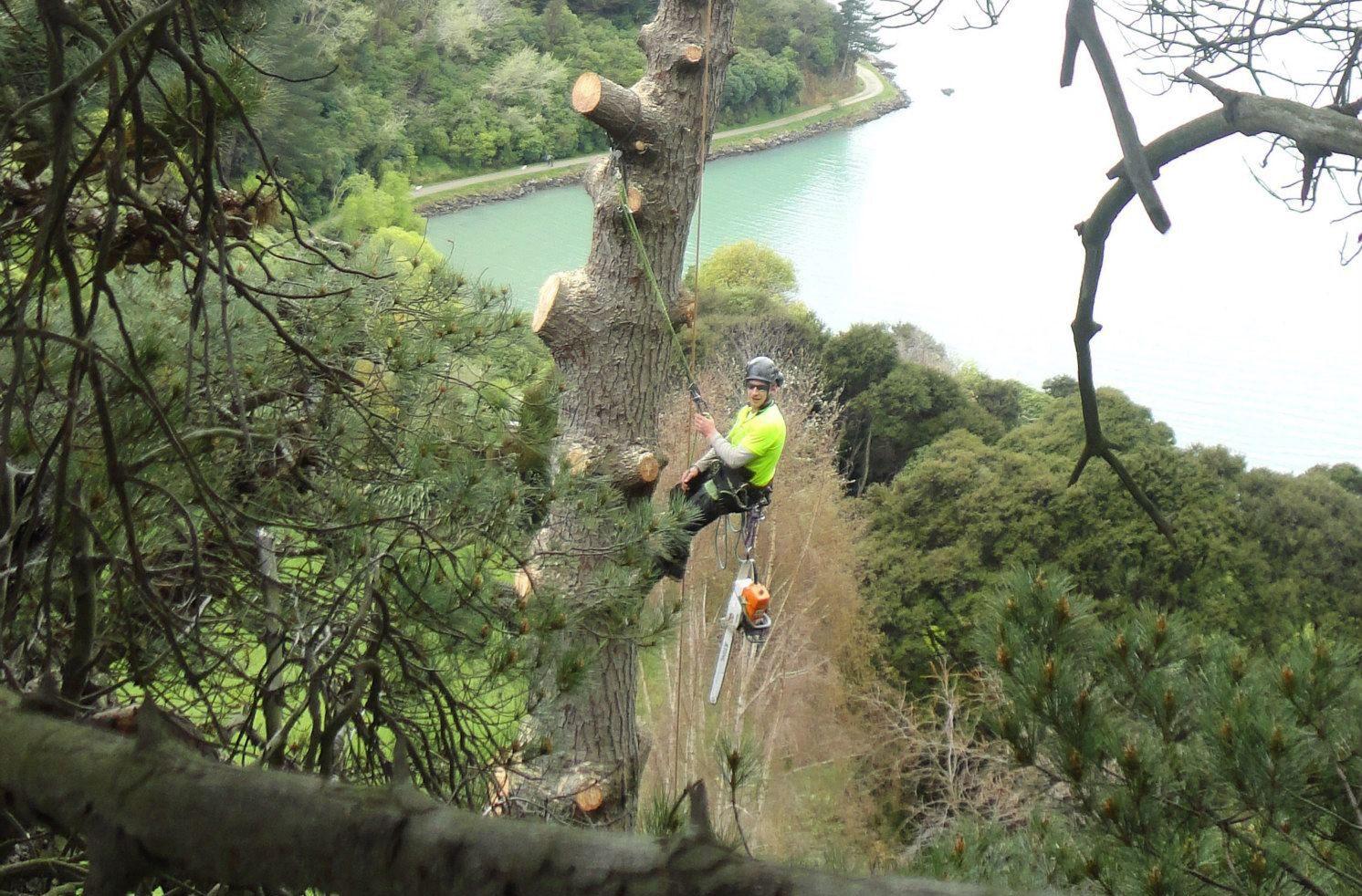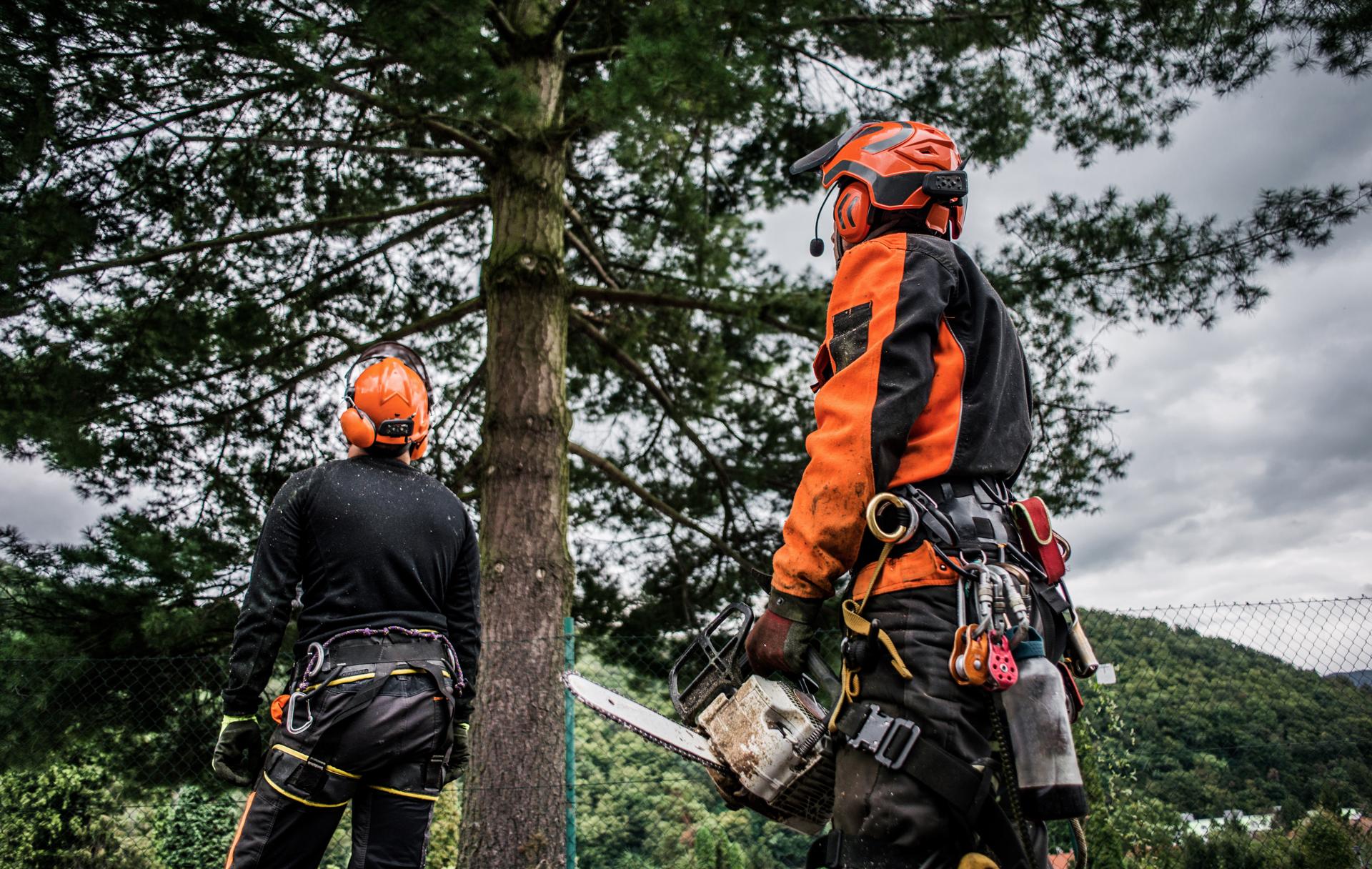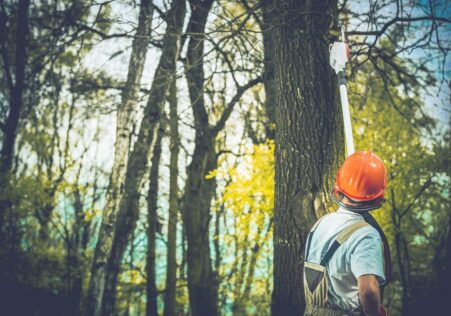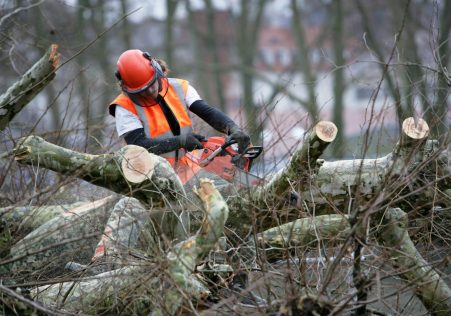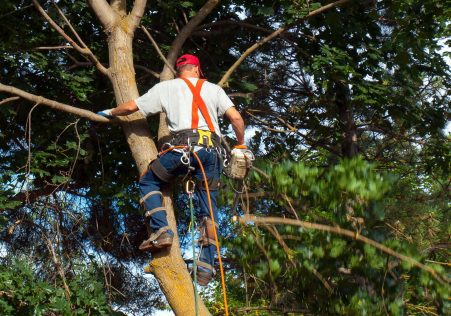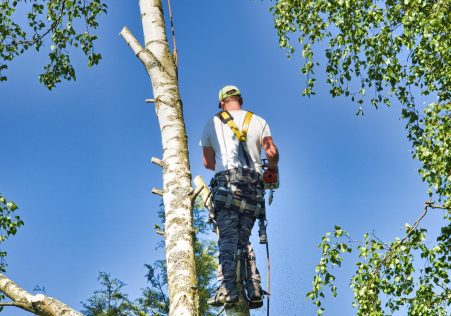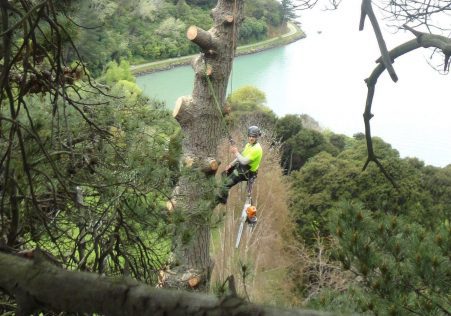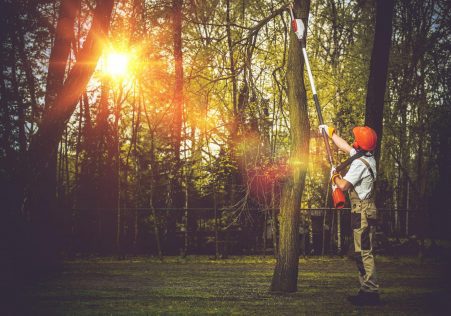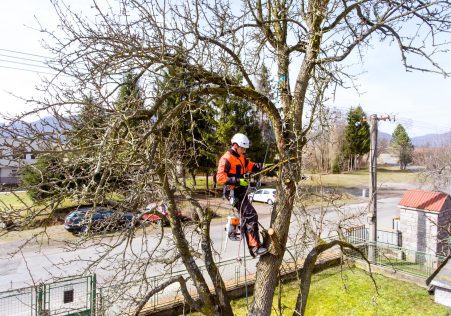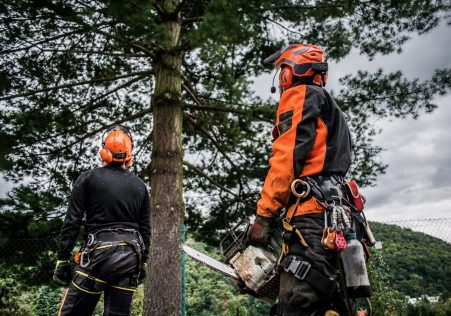A Beginning's guide to Understanding Protected Trees
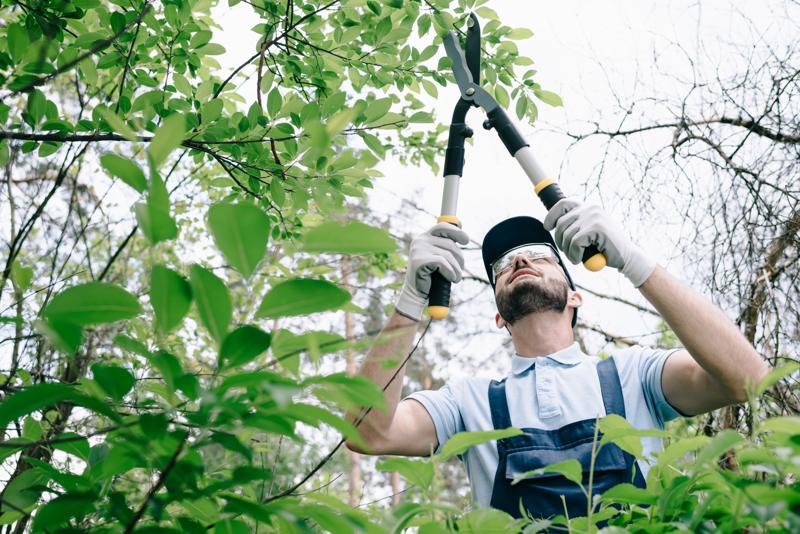
Trees play an important contribution to our ecosystem, providing shade, clean air and aesthetic value to our surroundings. However, not all trees are equal and some carry extra protection status, which makes it illegal to perform any work without permission. If you’re considering having a tree removed it is essential to know the status of protection for the tree you’re considering and the steps you need to follow to be in compliance with the legal requirements. The following article we’ll walk you through the steps to determine if a tree is safe and exactly what steps you will need be doing to make sure that you are acting within the law.
What is a protected tree?
A protected tree is subject to specific legal controls It is illegal to works on a tree without having the appropriate permissions. There are two kinds of protection that a tree could be protected by - statutory protection and preservation orders.
Legal protection
In the context of statutory protection trees are protected by law and are in the hands of Tree Preservation Orders (TPOs). TPOs are put in place by local authorities to protect trees of significant value to the public and ensure they are not damaged or destroyed.
Preservation orders
Preservation orders are similar to TPOs , but are put in place by the Secretary of State for the Environment. Preservation orders for trees are considered to be of exceptional value and are shielded from any kind of work, including the felling.
How do I know whether a tree is safe?
To determine if trees are protected, you will need to check if it is in the process of being subject to the protection of a TPO or preservation orders. It is done by contacting the municipal authority, and asking them to look up for records.
TPO search
To search for an TPO You can reach the Tree and Woodland Officer at the local authority. They will be able to tell you if the tree is protected. They will also be able advise you about the next steps to take if the tree is in a protected area.
Preservation order search
If you are looking for a preservation order you will need to contact secretary of state for Environment. They will be able to inform you whether the tree is in the protected zone and give you the information you require and direction.
FAQs:
What is the consequence if I do work on a protected tree without permission?
If you work on a tree that is protected without the proper permits, you could be facing massive fines or even prison.
Can I appeal a TPO or preservation order?
Yes, you can appeal an appeal of a TPO or preservation or TPO if you believe it is unjustified. You will have be able to present evidence to back your claim and explain why the TPO or preservation order isn’t necessary.
Can I remove a protected tree?
It is illegal to remove trees that are protected without the necessary permissions. If you require the tree to be removed it is necessary to apply for permission and provide evidence to support your case.
Conclusion
In the end, determining if the tree is protected is an essential aspect in ensuring that tree work is legally completed. By understanding the different types of protection and how to determine if they are protected to ensure you are acting within the law and are protecting the trees you care for. If you’re not sure about the nature of the protection of the tree you are in charge of, we suggest seeking advice from a reputable tree specialist such as Sutherland Tree Removal. Our team of experienced arborists will be able to inform you on the protection status of your trees and guide you through the required steps to ensure that you are acting within the law. With our expertise and commitment to providing top-quality tree care We can assist you to keep the beauty and worth that your trees have. Call us now by phone at 1300 636 143 to schedule a consultation and let us help you keep your trees protected and healthy.

